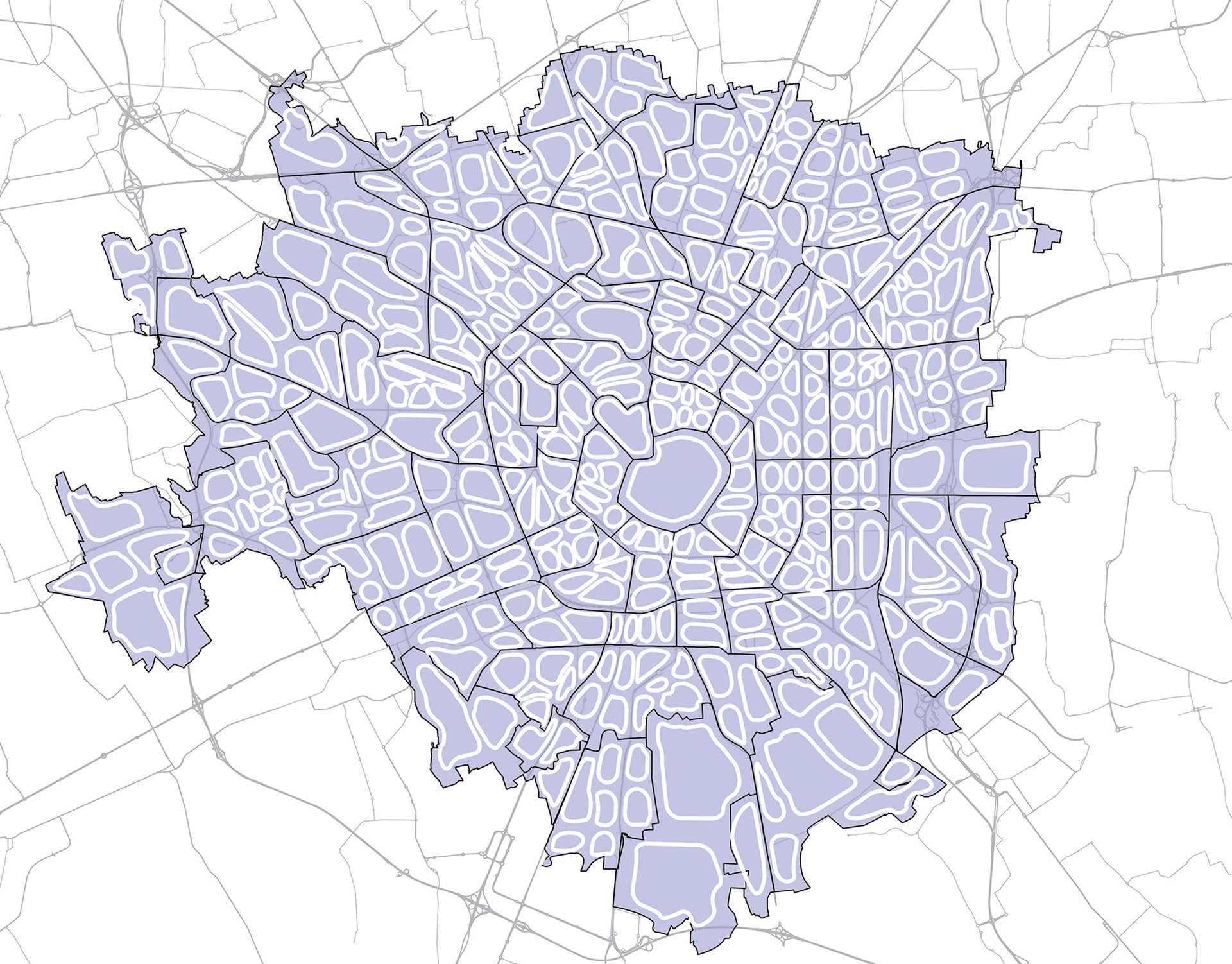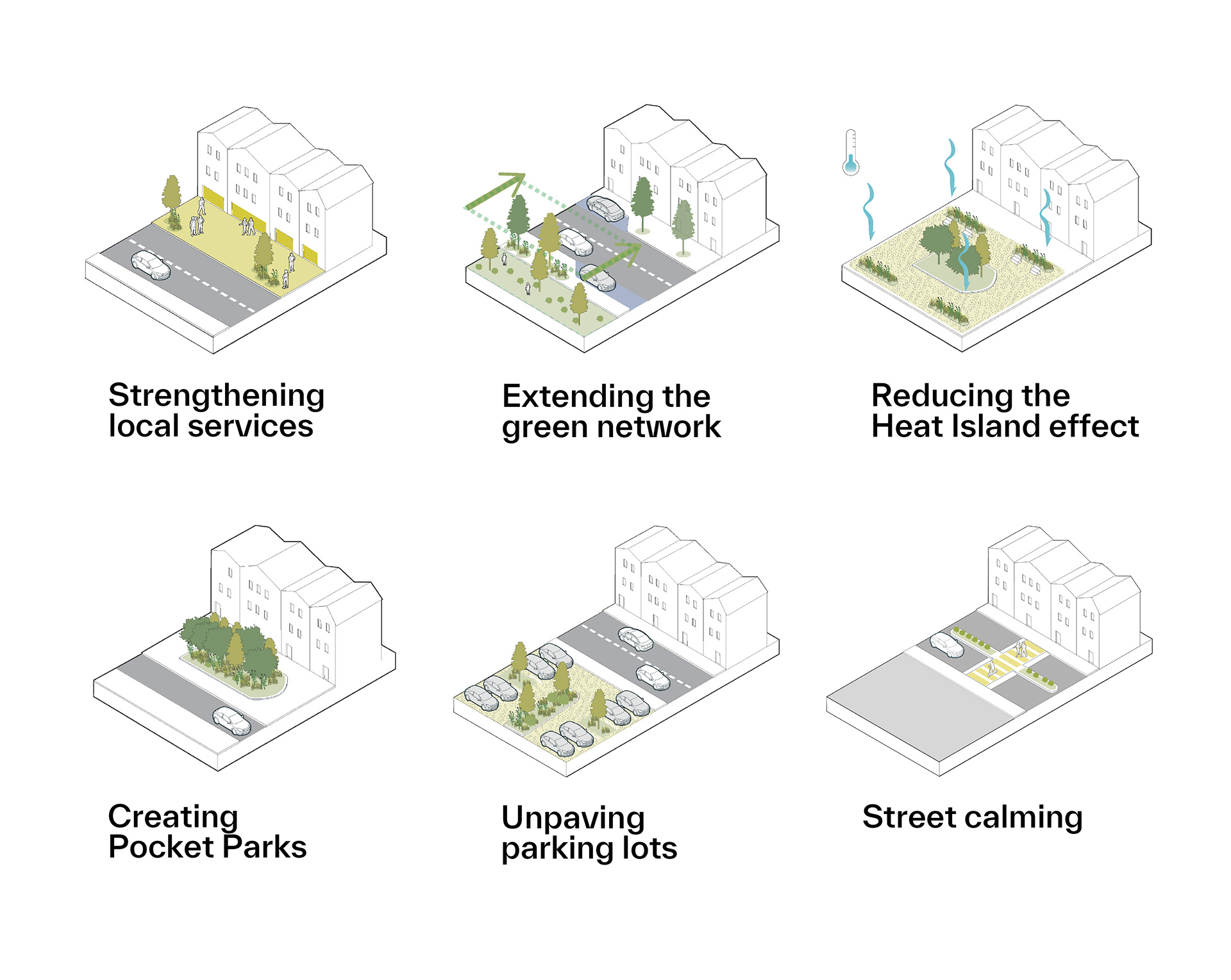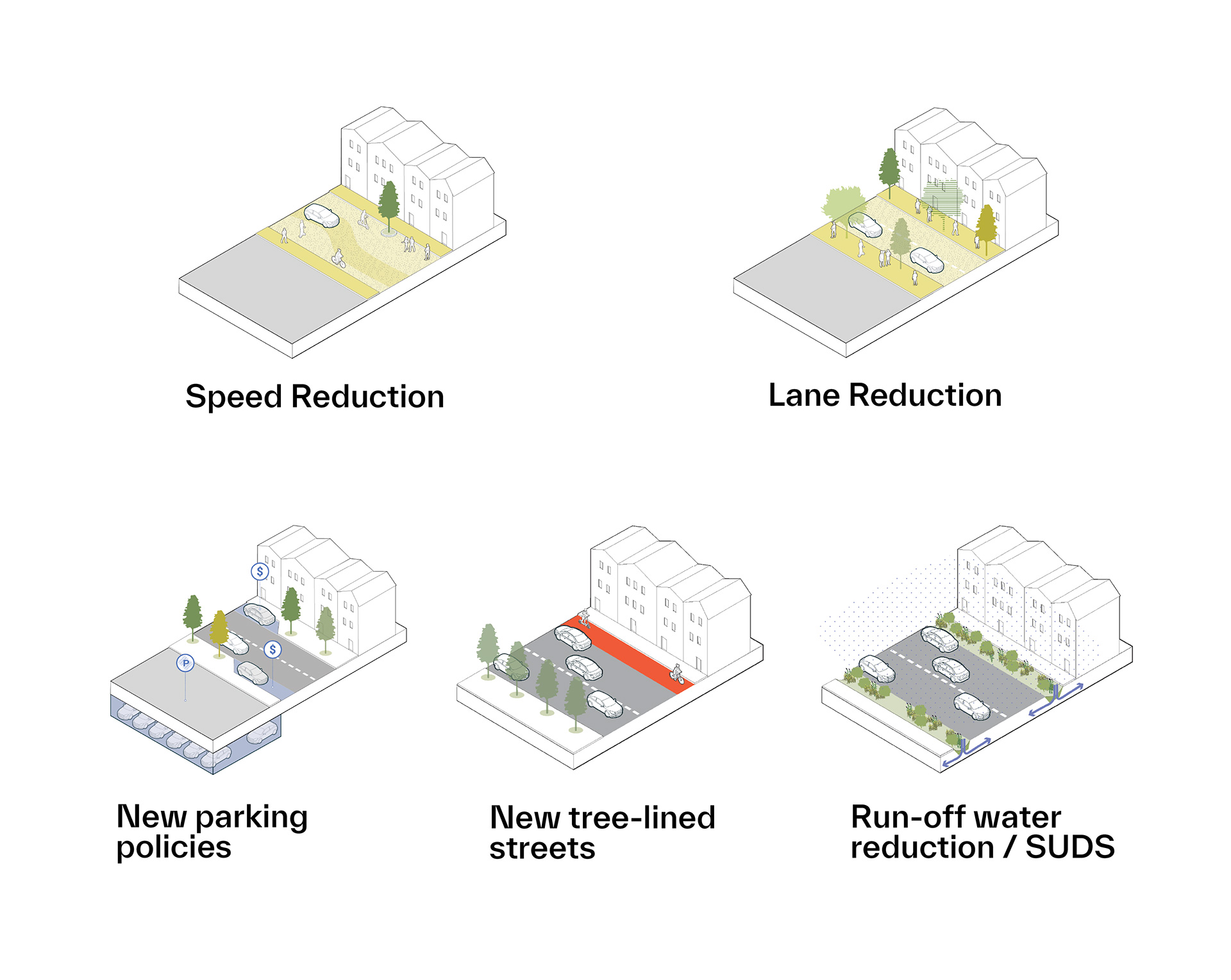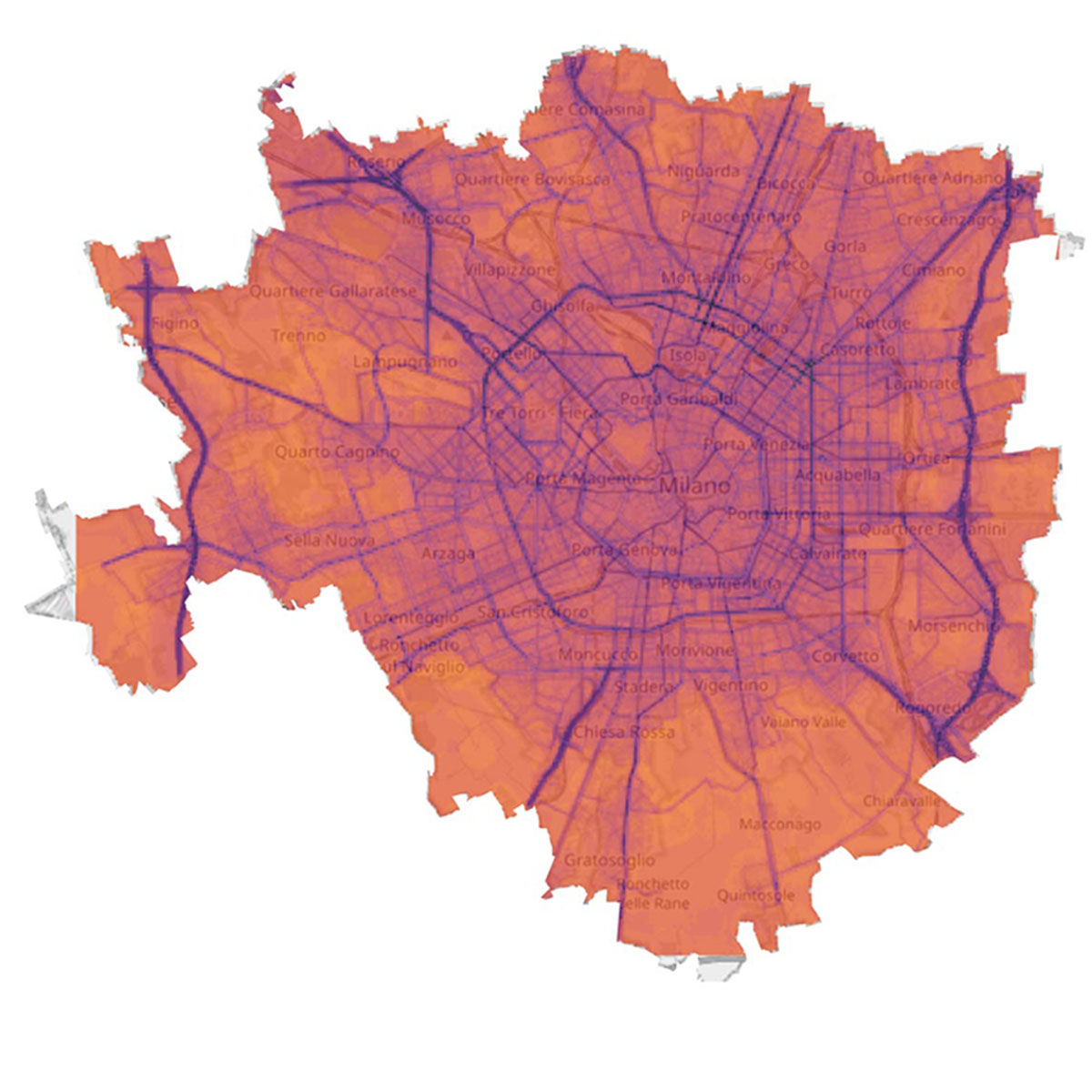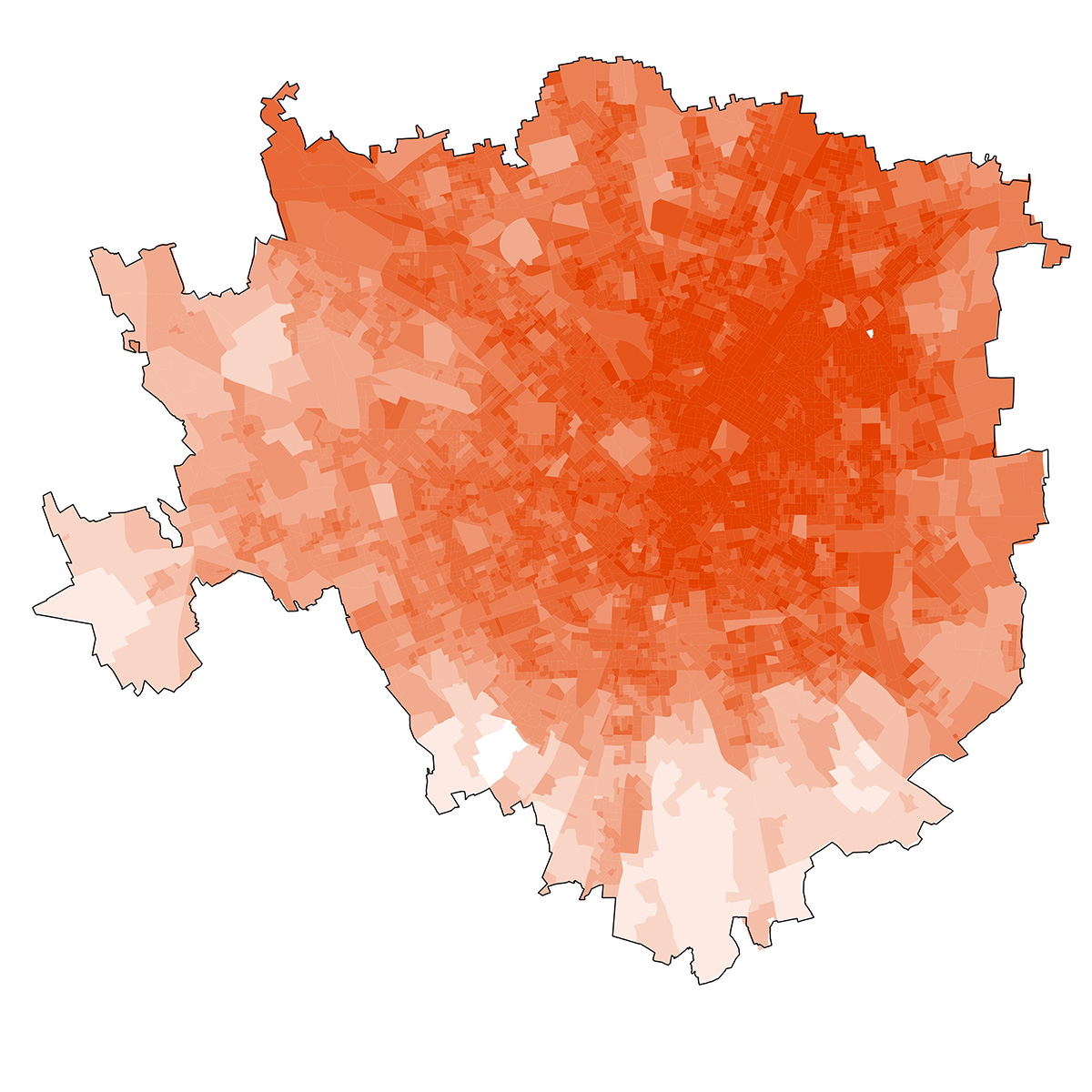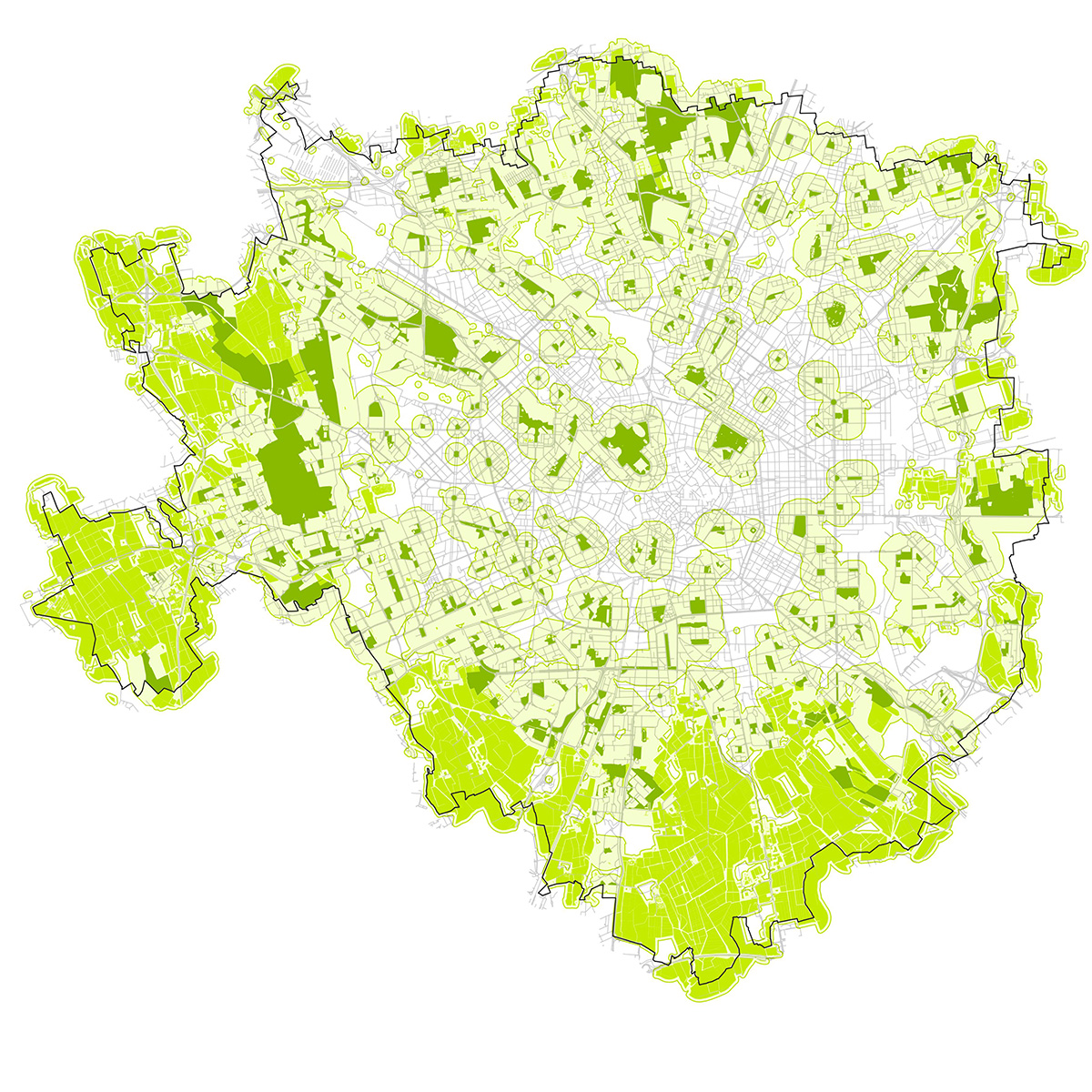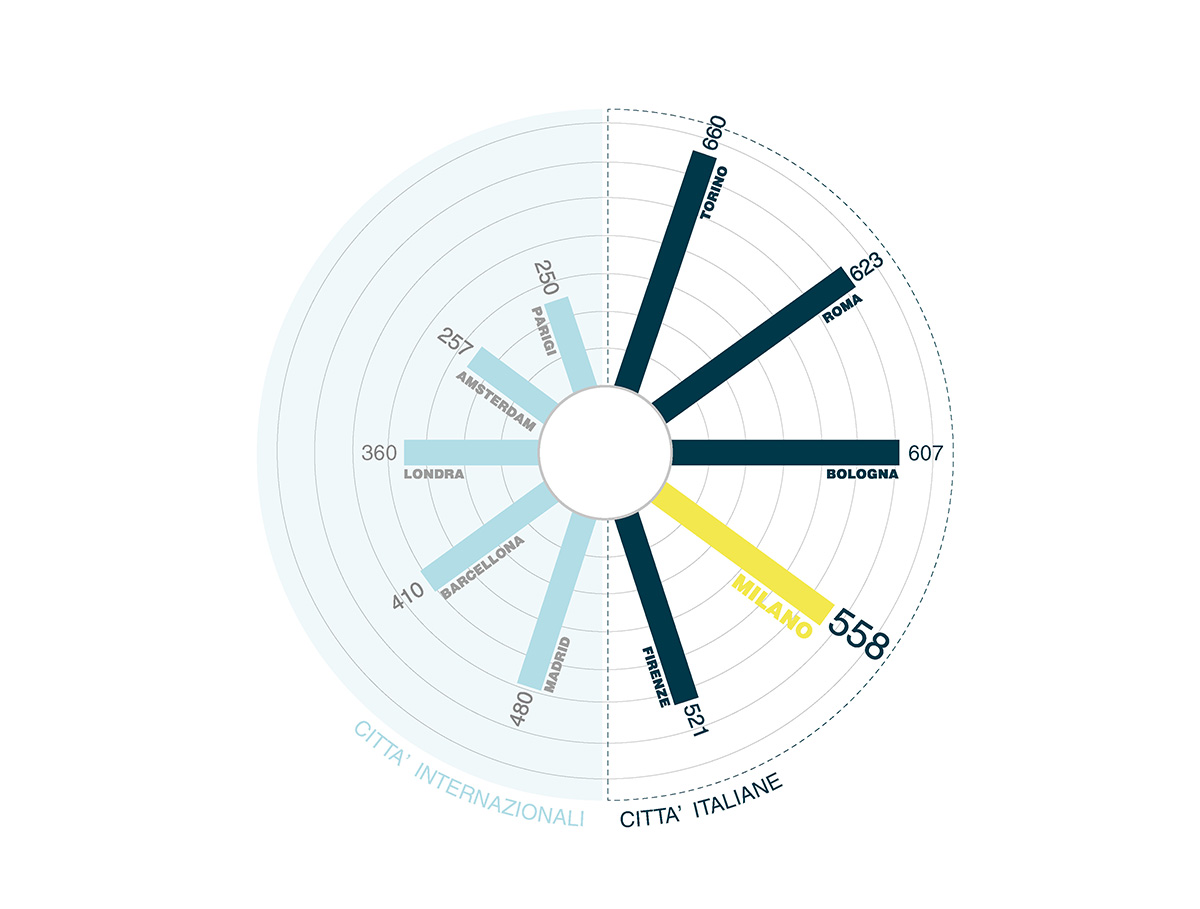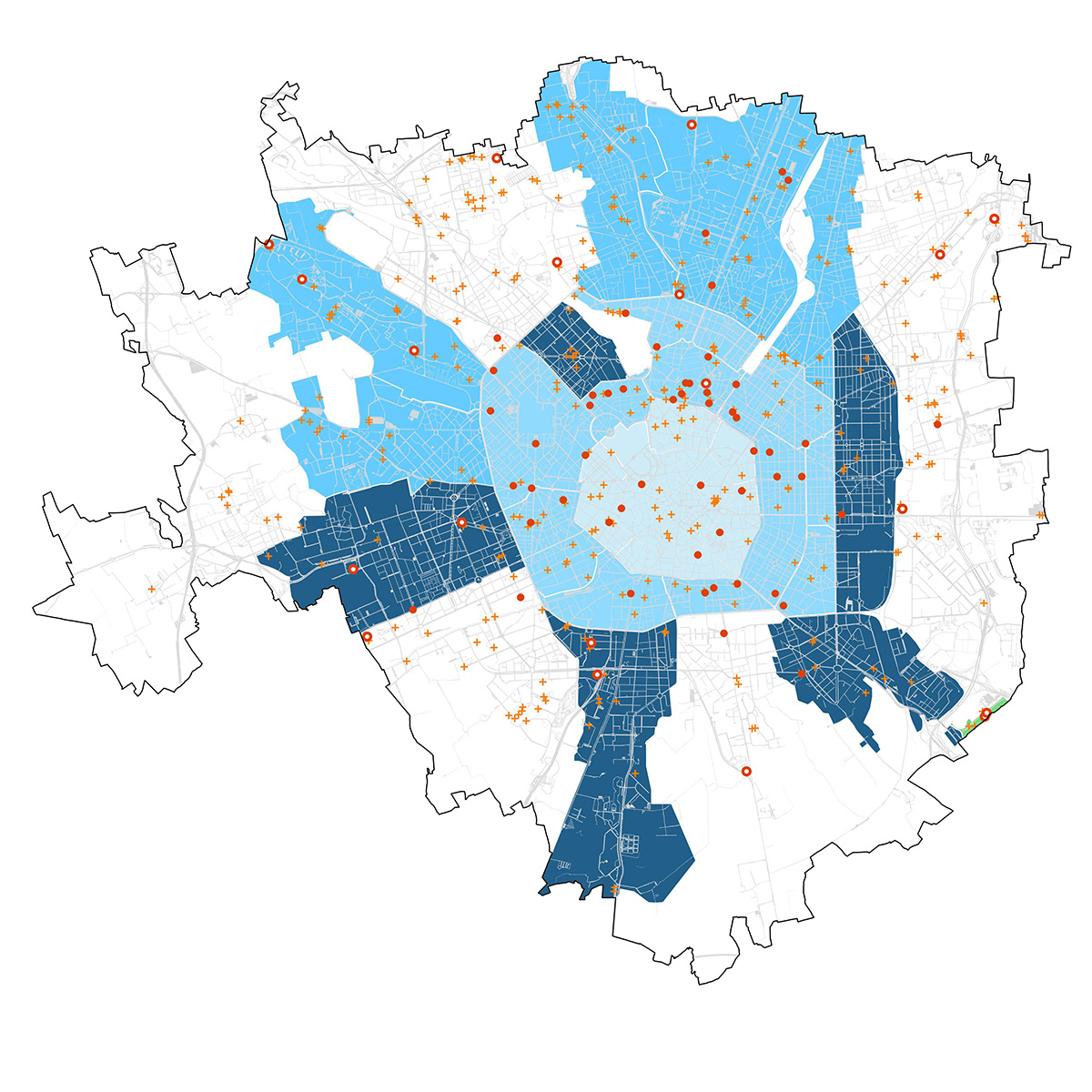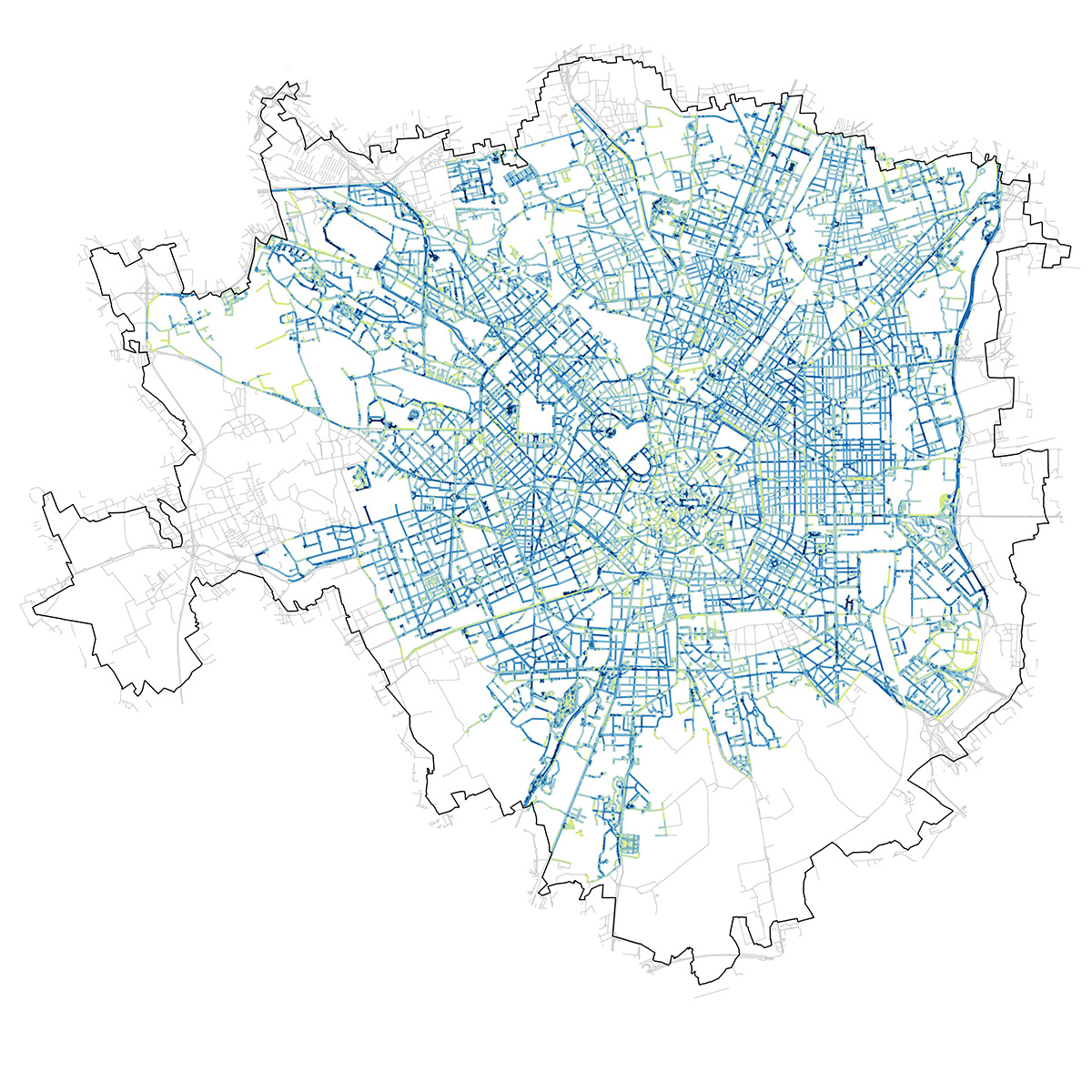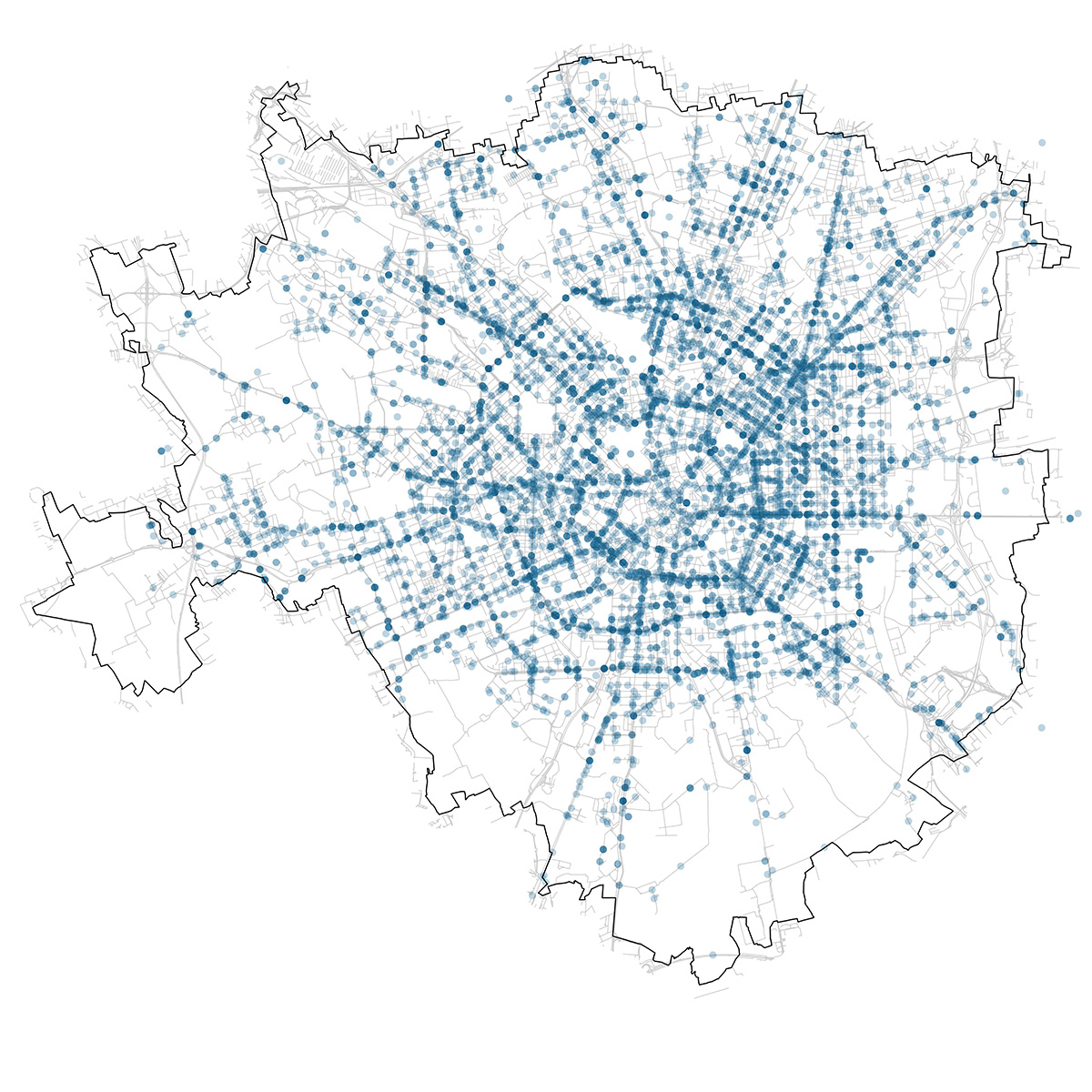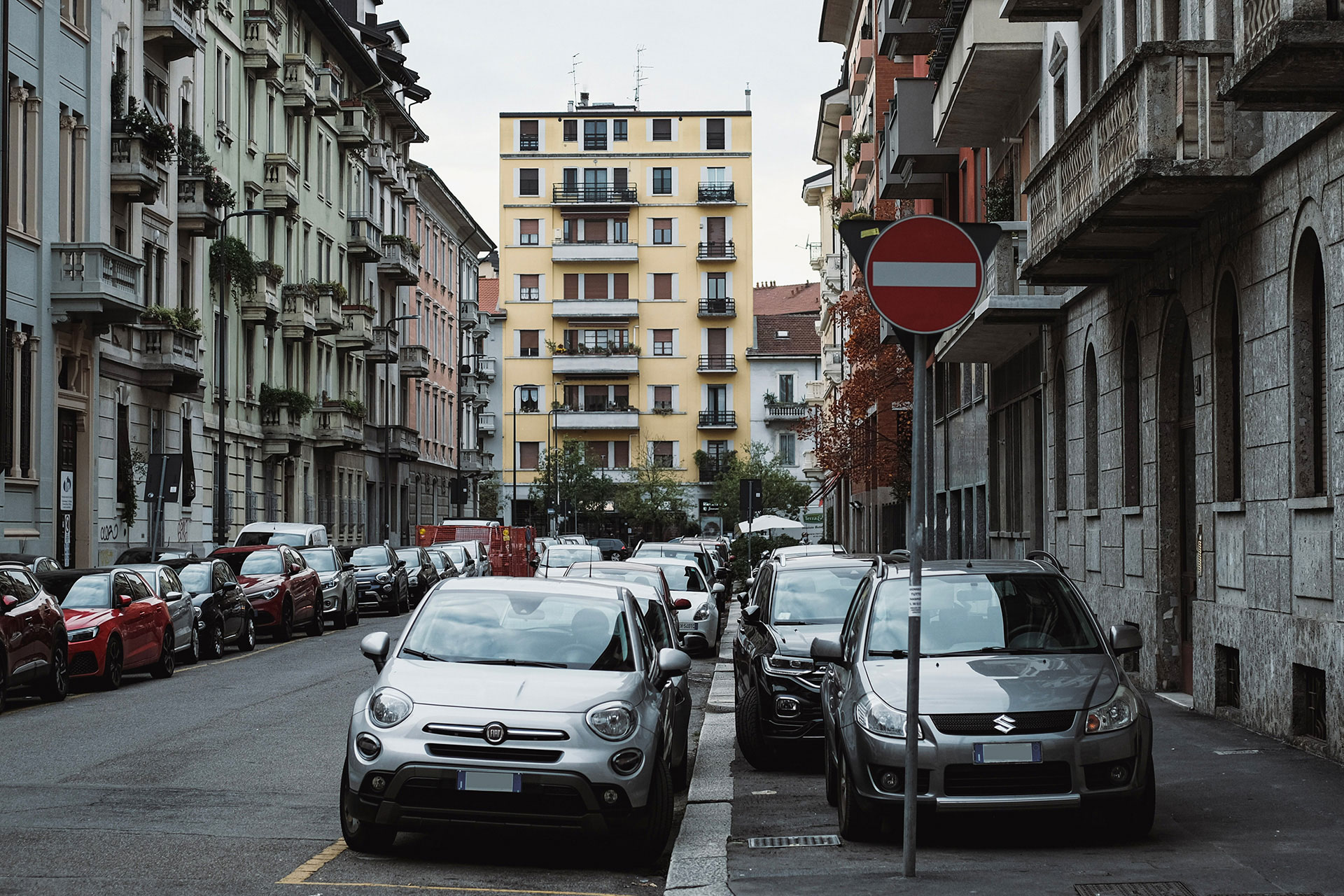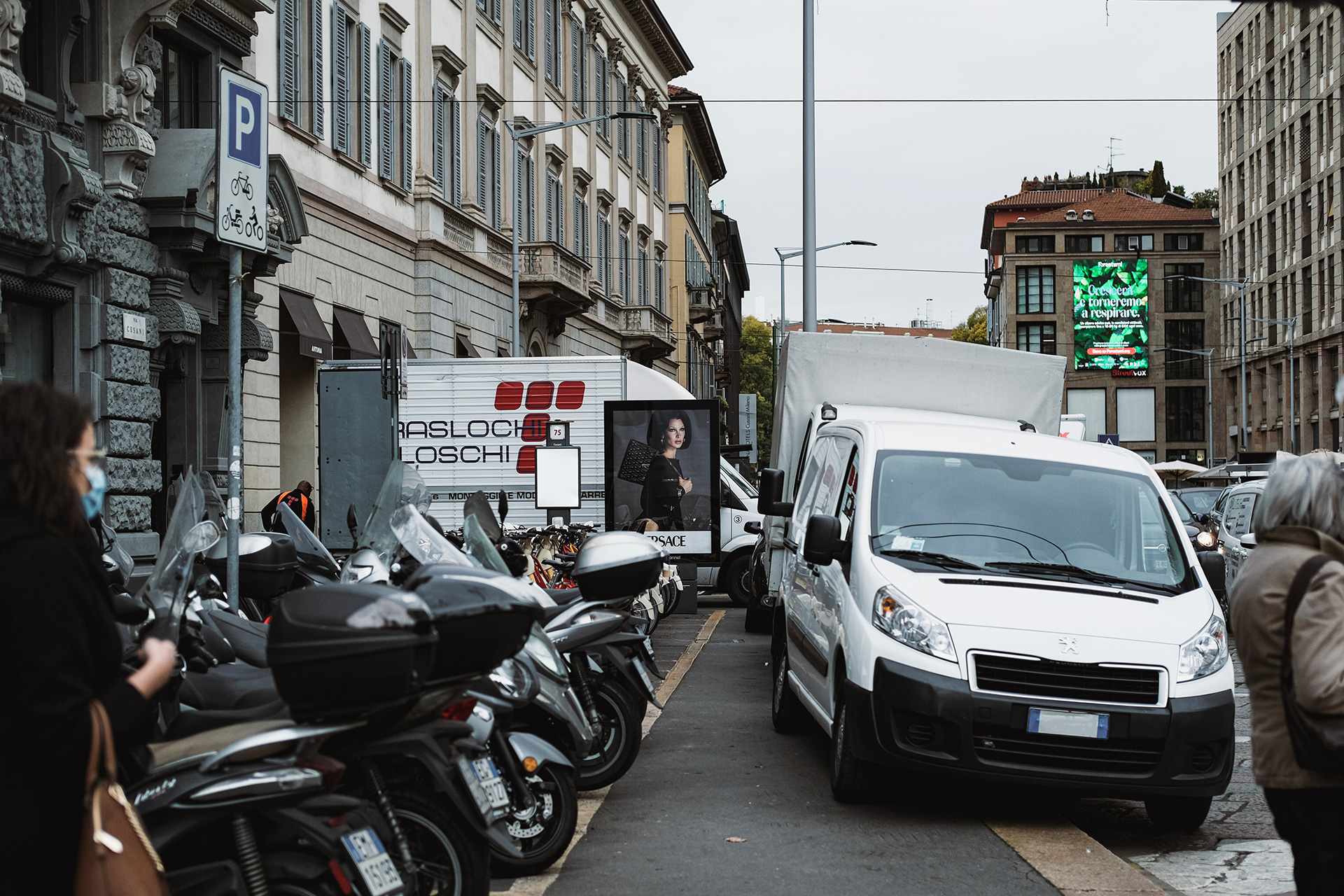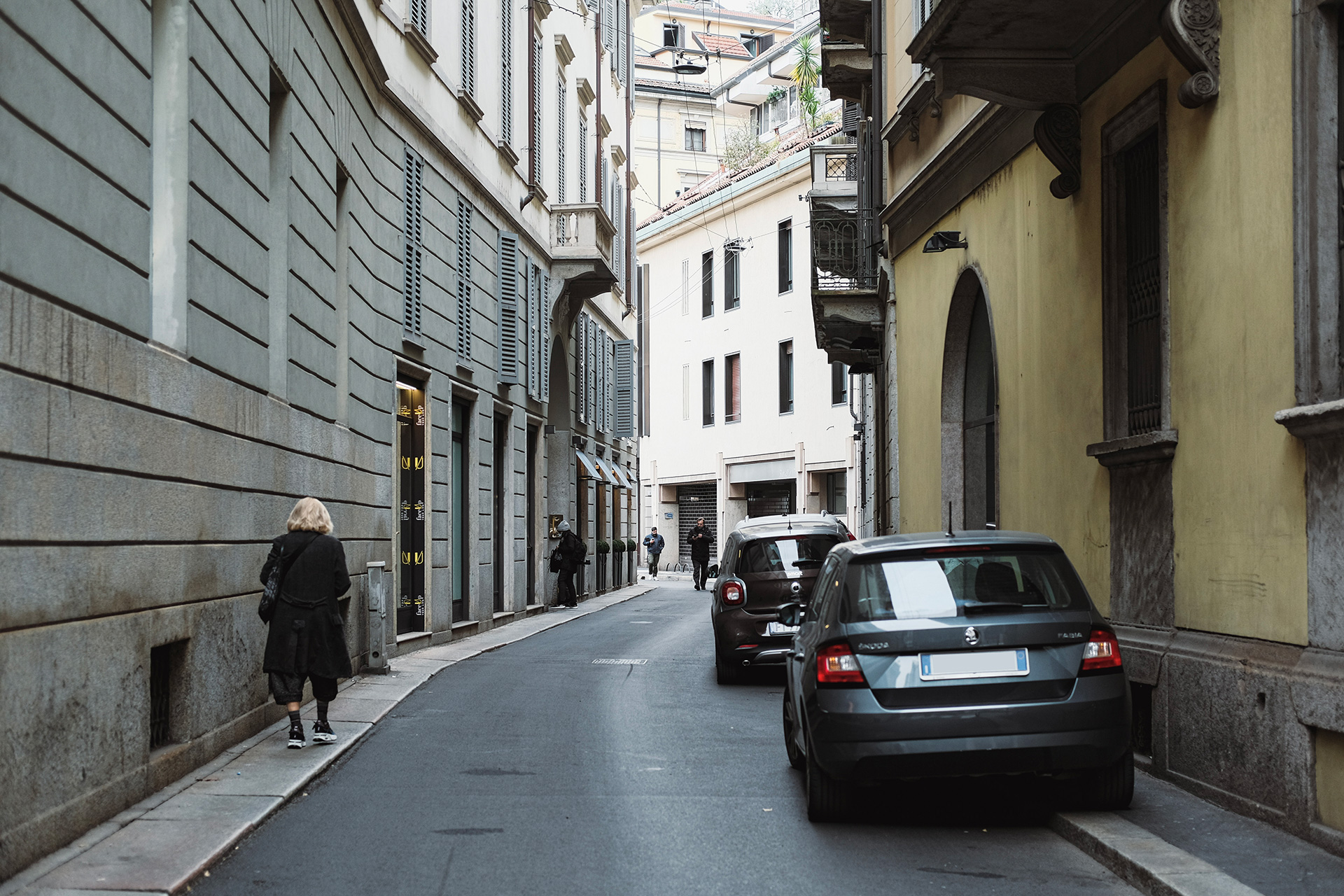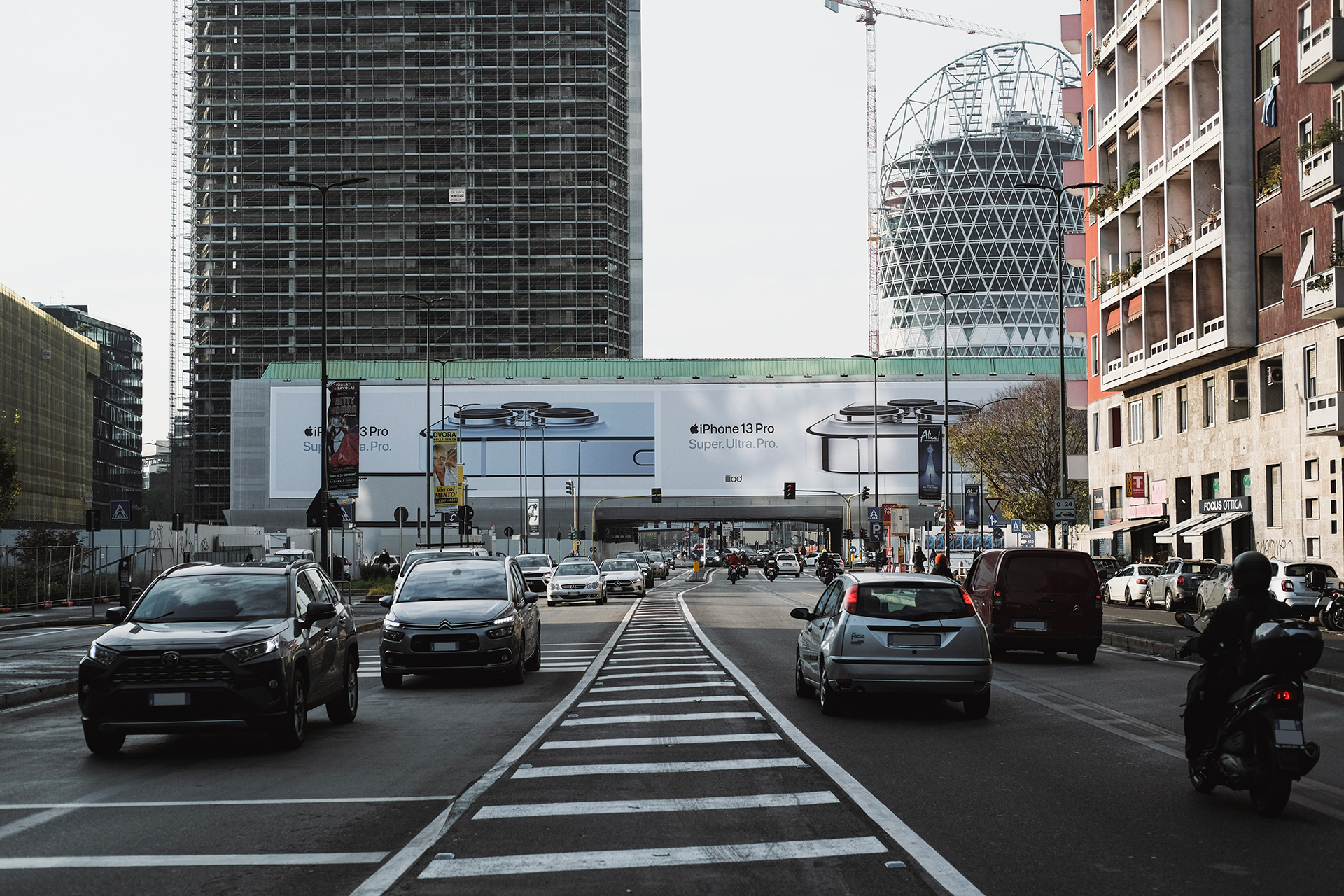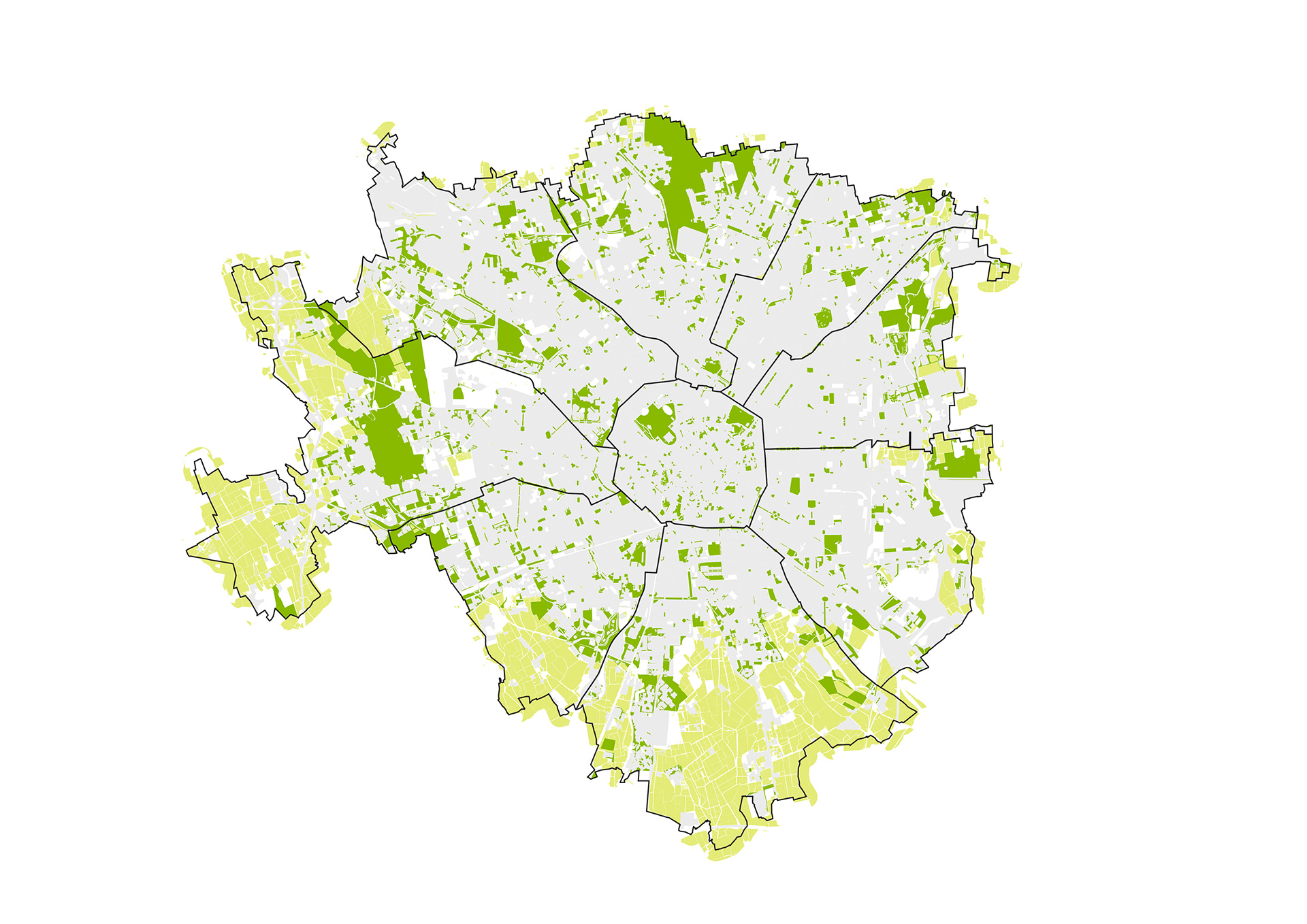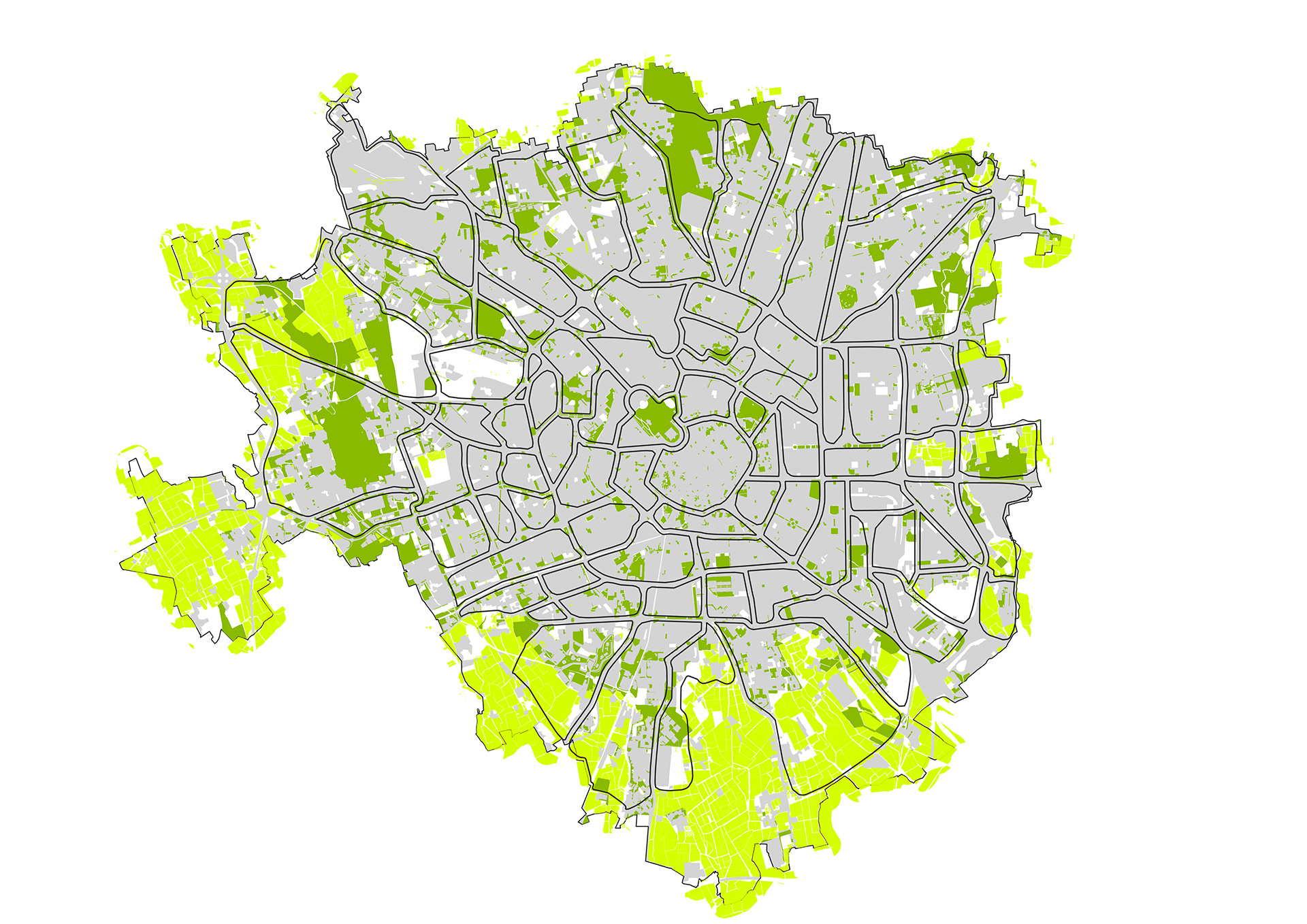Arcipelago Città
Milano
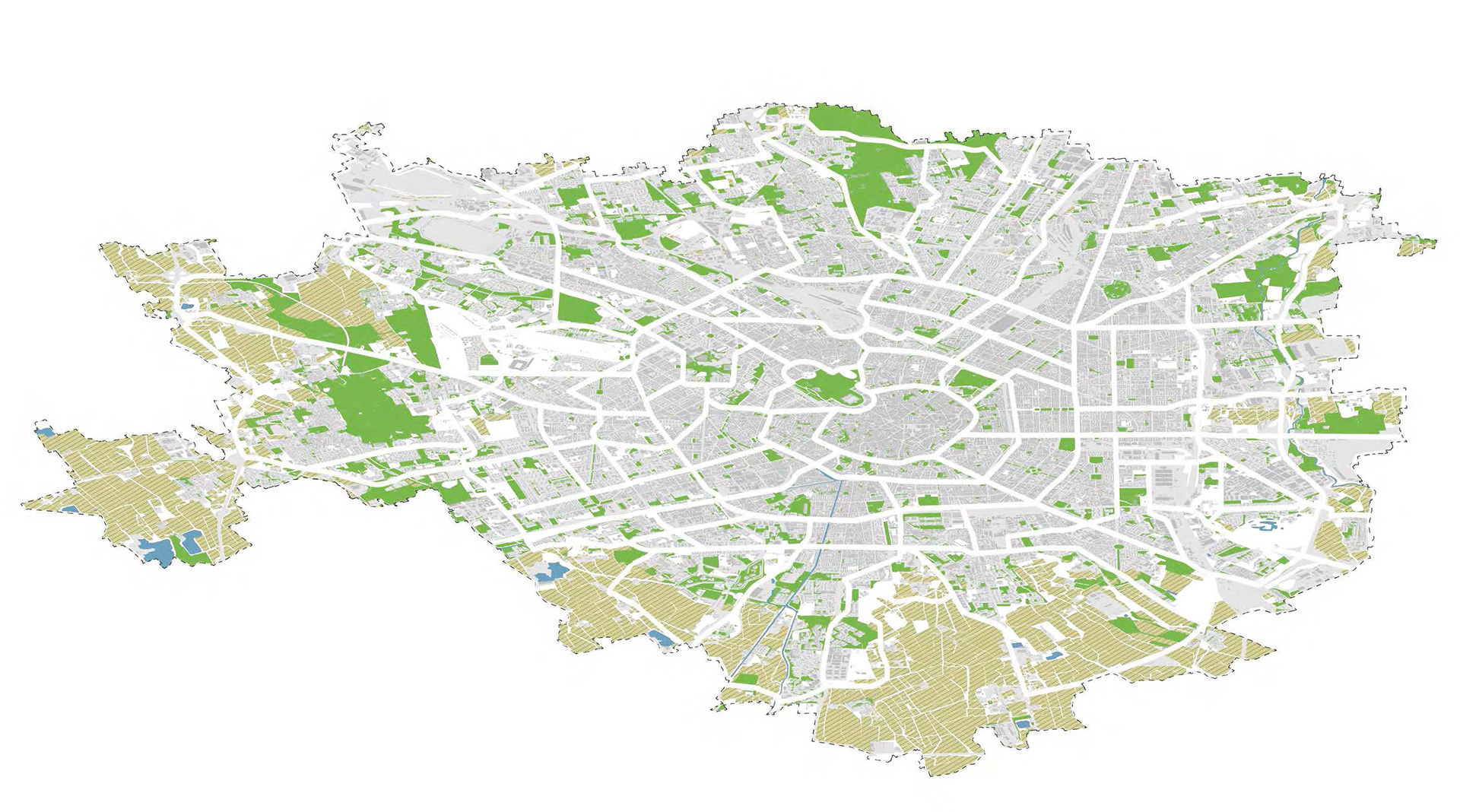
Il modello della Città Arcipelago analizza la città e agisce strategicamente su diversi livelli: dalla mobilità all’energia, dall’identità al territorio, dalle infrastrutture al paesaggio.
MIC-HUB e Stefano Boeri Architetti stanno sviluppando il concetto di Città Arcipelago applicato a Milano.
La città di Milano è piena di contraddizioni: il trasporto pubblico è efficiente, gli spostamenti a piedi, in bicicletta e la mobilità intelligente sono in rapida crescita, ma gli spazi urbani sono progettati per le automobili.
Il concetto di Città Arcipelago si basa sul rovesciamento della logica di espansione delle zone a traffico limitato. Al contrario, frammenta il territorio, riconoscendo e rafforzando i confini dei singoli quartieri della città.
I quartieri diventano “isole” basate su soluzioni di mobilità lenta e sono accessibili in auto solo dai residenti (a 30 km/h). Si tratta di spazi ibridi in cui coesistono auto, biciclette e pedoni.
L’attraversamento dei veicoli all’interno delle isole è vietato. Questo permette di immaginare una nuova qualità di vita per le persone che vi abitano.
The crossing of vehicles within the islands is prohibited. This allows the vision of a new quality of life for the people who live there.
Location
Milano
Client
Research Project
PROJECT HIGHLIGHTS
- Archipelago City fragments the territory, recognising and reinforcing the boundaries of individual neighbourhoods in the city
- Neighbourhoods become ‘islands’ based on slow mobility solutions and are accessible by car only by the residents (30 km/h).
- The crossing of vehicles within the islands is prohibited.
- Island are hybrid spaces where cars, bicycles and pedestrians coexist.
Project gallery
Our contribution
La Città Arcipelago è composta da “isole”, tra le quali è vietato l’attraversamento dei veicoli. Questo modello di città favorisce una città più vivibile e inclusiva. Le isole sono collegate da un “mare comune”, una rete perimetrale per la mobilità pubblica.
Il mare comune intorno ai quartieri ospiterà la principale rete di trasporto pubblico, la mobilità privata e quella ciclistica, oltre a corridoi alberati e verdi di biodiversità urbana.
All'interno delle isole sono ammesse solo le automobili dei residenti, a una velocità massima di 30 km/h. Una rete di piste ciclabili sarà sviluppata lungo la periferia delle isole con percorsi dedicati, e in modo più diffuso e capillare all'interno di ogni isola.
Ogni isola urbana dovrà essere dotata di un ambiente e di servizi di qualità per i cittadini.
L'area sarà dotata di una rete di spazi verdi che sostituiranno lo spazio precedentemente occupato dai veicoli. Verrà introdotto un nuovo sistema di tariffazione della sosta per tutti i parcheggi urbani e il numero di quelli esistenti verrà gradualmente ridotto. Ciò garantirà una graduale riduzione dell'uso dell'automobile.
La Città Arcipelago mira a una radicale ridistribuzione dello spazio urbano, riducendo le aree attualmente dedicate ai veicoli.
Lo spazio risultante potrà essere utilizzato per la bicicletta, lo spazio pubblico e la vita comunitaria.
